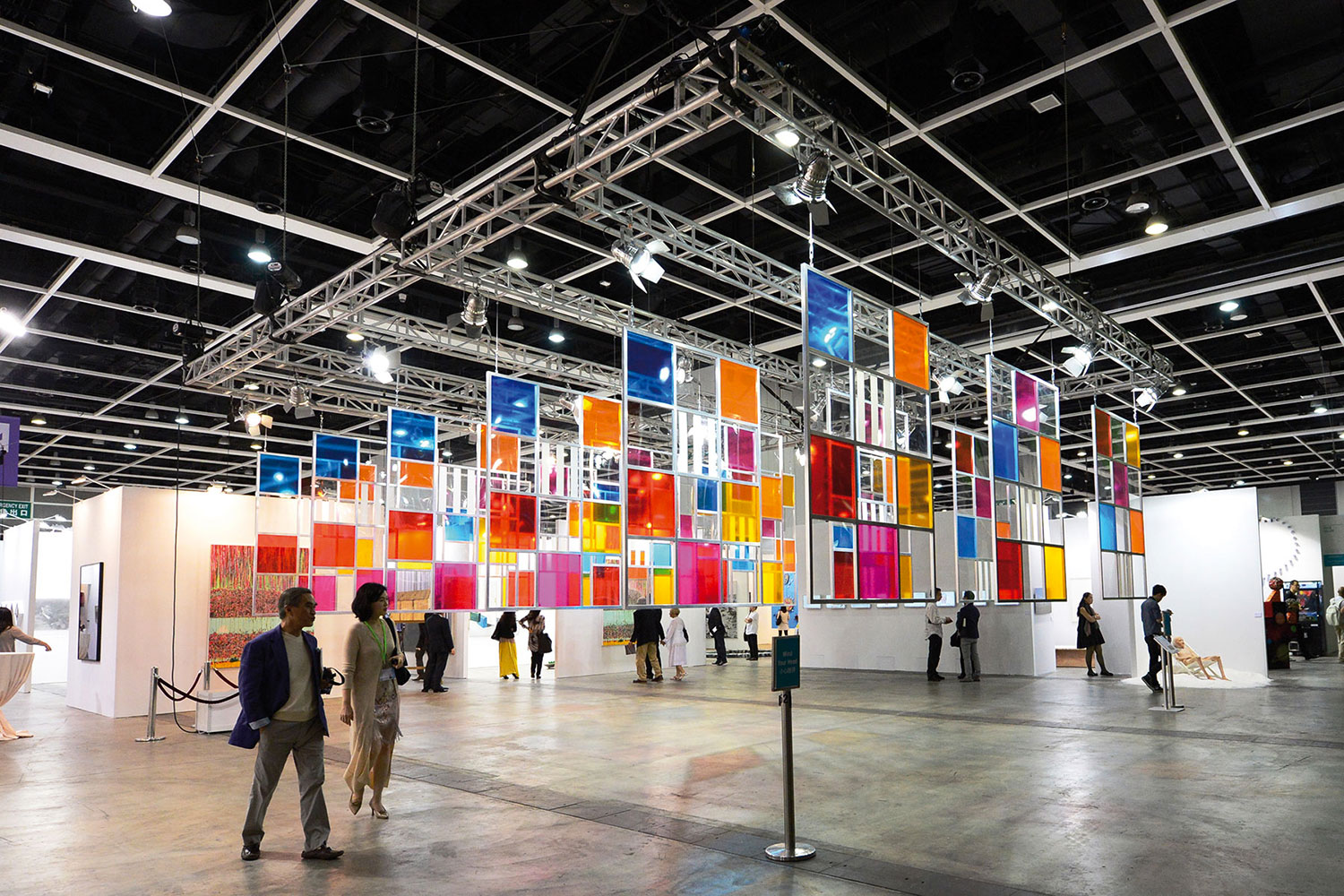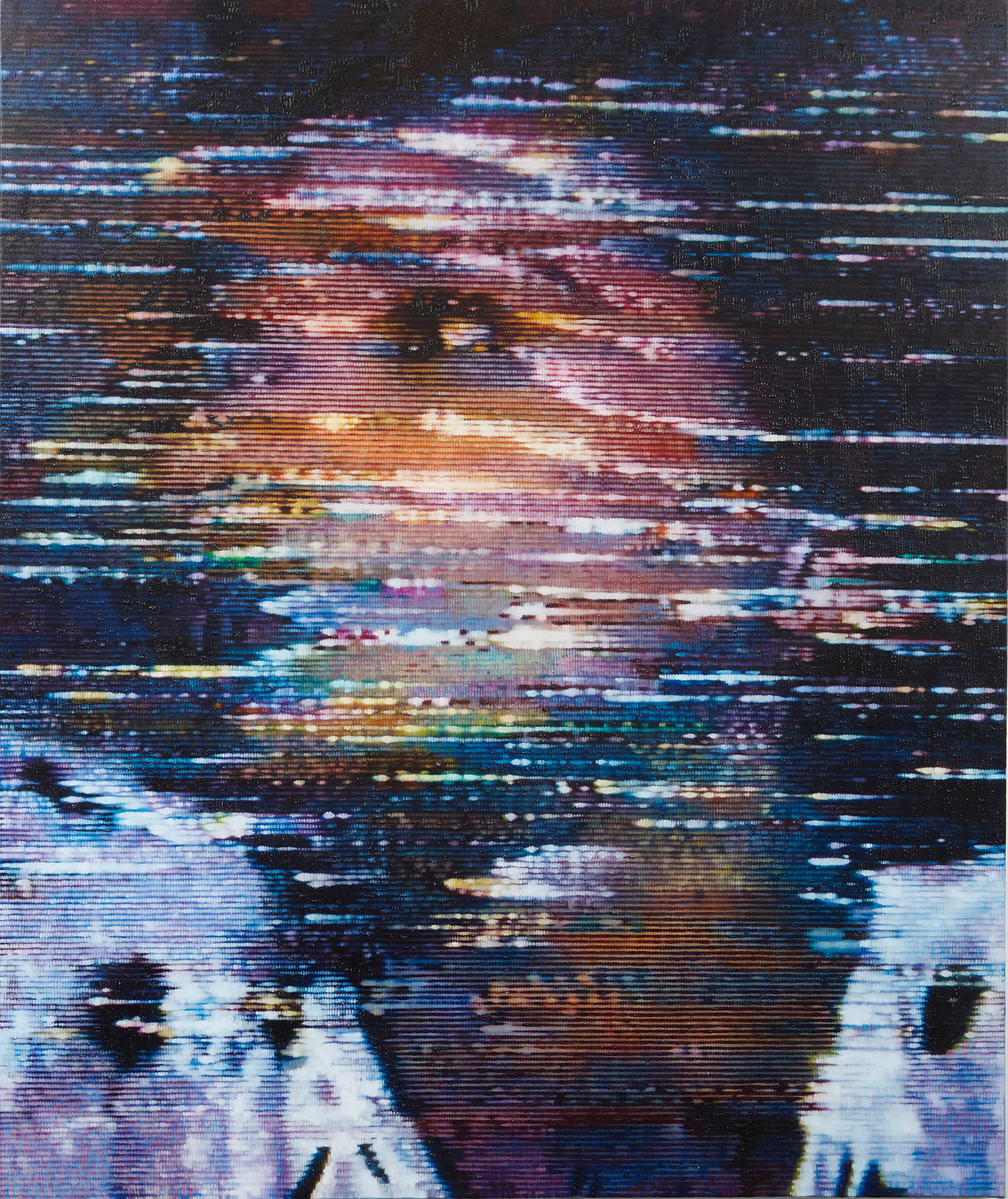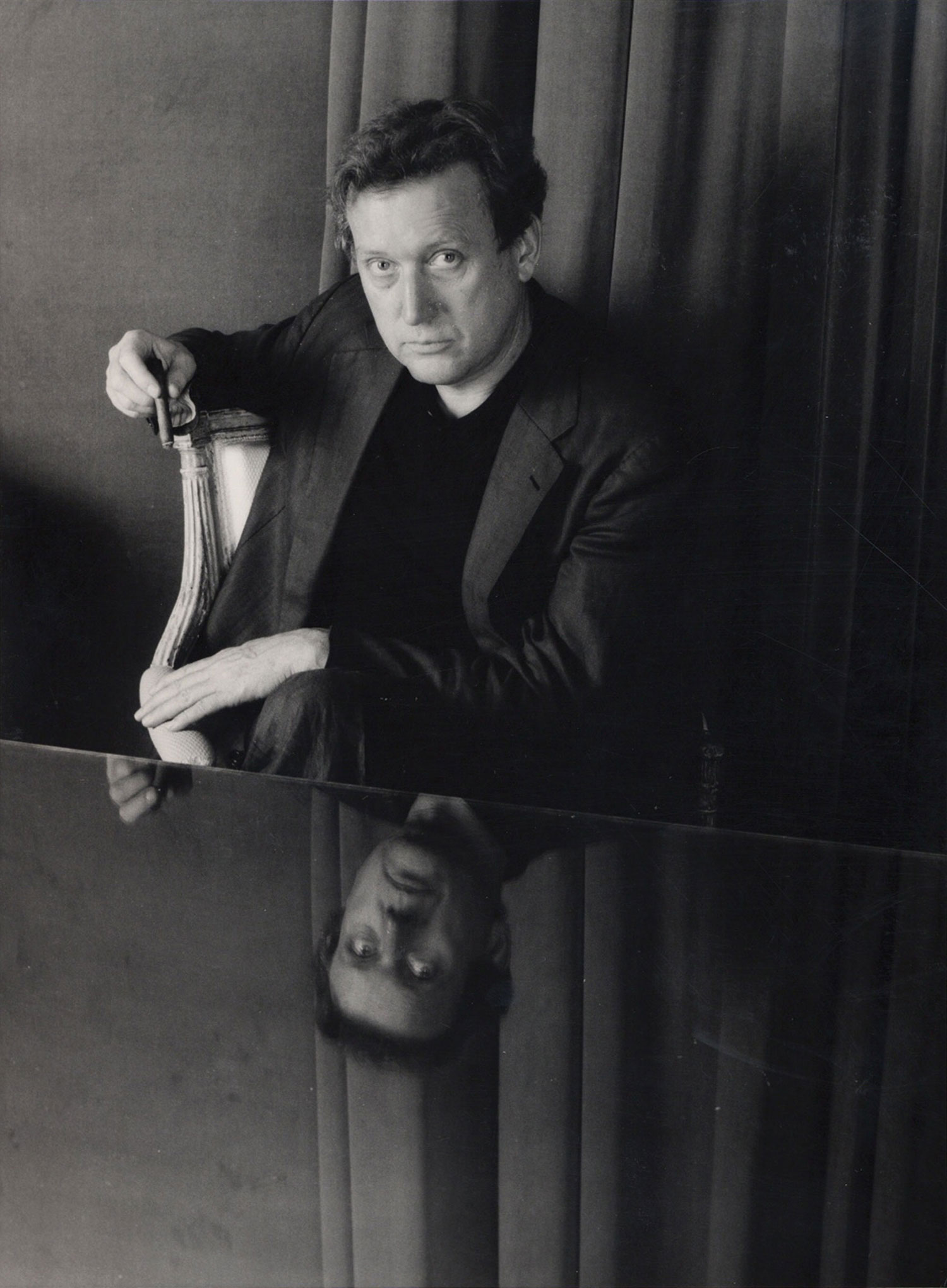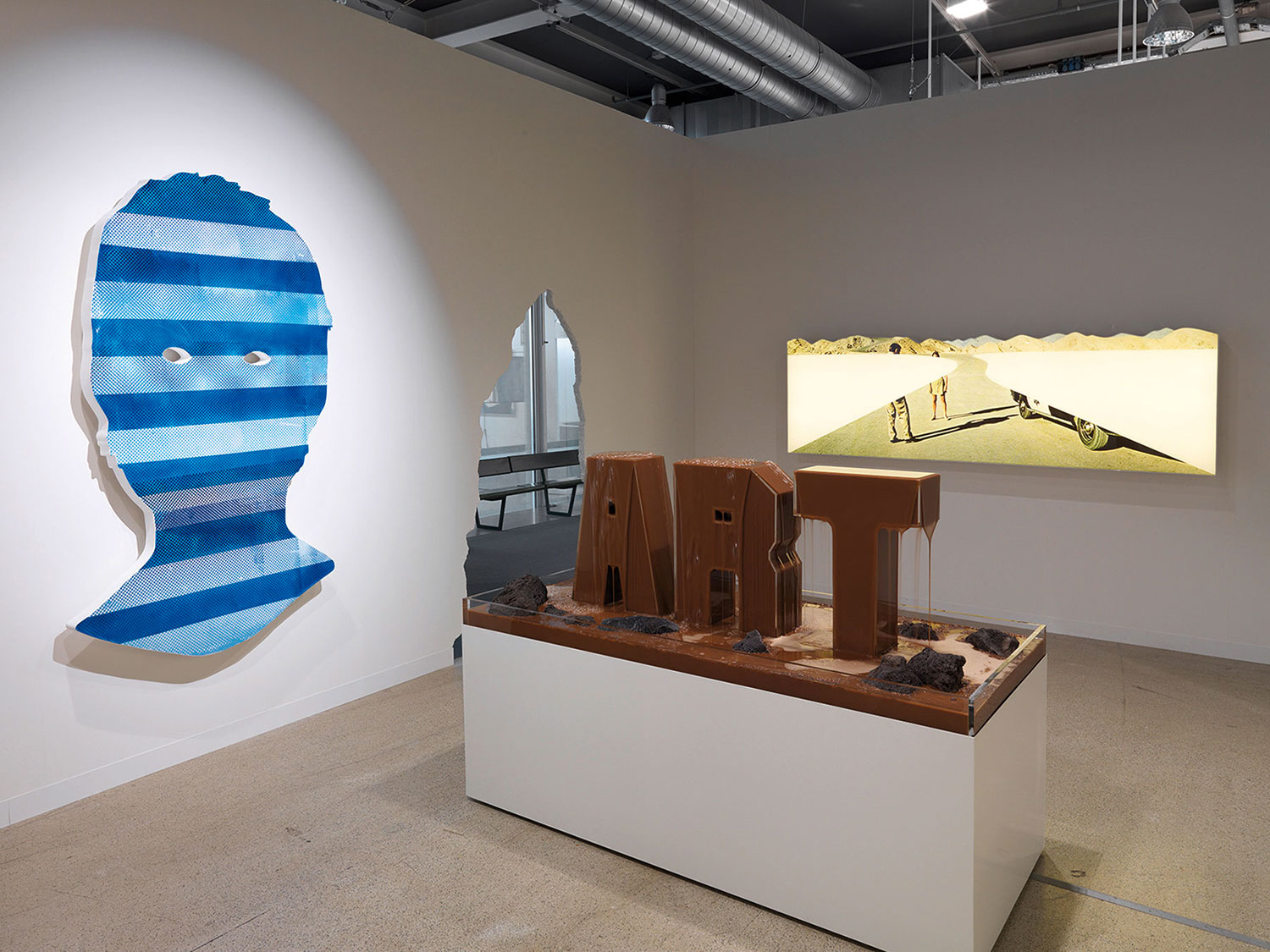
Due to its spread-out character, with a disproportionate number of artists dispersed over twenty venues and a multitude of topics, from the scientific to the environmental to the plainly political, dOCUMENTA (13), according to many, lacks the focus of previous editions. However, Carolyn Christov-Bakargiev’s approach, which thrives on the exploration and consequent display of visual and conceptual contradictions, has the undisputable merit of leaving no stone unturned. She also shows a respect for the artists and their individual efforts that is often missing in many large-scale shows of this type. Gray areas are wide and uncomfortable, and while they can generate a few loose ends, they also leave plenty of room for interpretation and discussion — indispensable for an event primarily conceived as a moment of reflection on the status of art over a timeline that spans an entire decade.
The Fridericianum Museum, traditionally the centerpiece of the puzzle, is here conspicuous for its minimalism. Rather than providing the core of the exhibition, it serves as a guidepost, giving a series of hints as to what is in store. The ground floor revolves around the idea of absence, with Ryan Gander’s breeze leading the spectator through the venue while offering a poignant metaphor about the provisional nature of things. Ceal Floyer submits a splendid anthem to failure and tenacity in Till I Get It Right (2005); and a dialogue between past and present suffuses the re-presentation of Julio Gonzalez’s iron sculptures as originally arranged by Arnold Bode in 1959. Upstairs, Hannah Ryggen’s tapestries about colonialism in Africa introduce a note of political engagement, whereas Mario Garcia Torres’s investigative film about Alighiero Boetti’s One Hotel in Kabul (1971), although laced with pedestrian comments on the role of photography and art in society, opens a window onto the universe of an artist who embraced a global sensibility long before such work was fashionable. One of Boetti’s maps, originally made but subsequently turned down for Documenta 5 in 1972, is also present, as well as the correspondence between the artist and the curator Harald Szeemann — a bonus for those who read Italian.

Afghanistan was indeed the subject of opening day, with the exhibition director taking flack from the press and other interested observers both at the opening-day press conference and at the panel organized in collaboration with Dora García at the Ständenhaus. In retrospect, most of the criticism, which featured accusations of insincerity, patronage and convenience, appeared to be disingenuous. Carolyn Christov-Bakargiev and her team spent almost three years on the concept, made trips to Afghanistan and took part in a long series of discussions both locally and internationally. In a moment when cultural debate is one of the most practiced intellectual activities, it’s silly to think that they would have undertaken the task without first considering every angle. As it happens, the Afghan segment of the exhibition, in the former Elisabeth Krankenhaus building, suffers from the double-edged effect of reinforcing its identity while isolating it from the rest of the exhibition; but even this aspect can be turned into an advantage if viewed as a metaphor for the country’s current situation. Predictably, the art here is uneven, but there are real showstoppers in Lida Abdul’s highly poetic video projection and Jeanno Gaussi’s series of paintings based on old photographs.

Similarly, the eco-biological theme that dominates the Ottoneum slightly penalizes the individual efforts of the artists on view, although Maria Thereza Alves’s denunciation of the environmental disaster caused by the draining of Lake Chalco in Mexico and Mark Dion’s octagonal wooden library stand out. In the Documenta-Halle nearby, an interesting contrast takes place, with Thomas Bayrle’s engines enjoying the spotlight after the artist’s unjust relegation to a secondary role until a few years ago; and Gustav Metzger’s early forgotten drawings, here displayed publicly for the first time after collecting dust in his basement for decades.
Wandering around the streets of Kassel it’s possible to encounter real gems. Tino Sehgal’s dark room populated by a group of dancers singing a cappella is the most powerful sensorial experience in the whole show; and Theaster Gates successfully exported his practice from Chicago’s Southside to Kassel by bringing back to life the Hugenottenhaus building, with stunning musical performances and other moments of conviviality. Other highlights include: Francis Alÿs’s paintings and collages at the former Obere Karlsstrasse Bakery, which provide counterpoint to his film Reel-Unreel, due to be shown in Kabul in September; Tacita Dean’s magnificent drawings of the Afghan hills; Mattias Faldbakken’s trashed public libraries; Renata Lucas’ architectural disruption of the Kaufhaus Galeria Kaufhof; and Susan Hiller’s viral intervention in which she filled jukeboxes in different bars and restaurants around town with popular peace songs.

The Hauptbahnhof has great moments as well. Susan Philipsz’s sound piece next to the railway tracks — a series of string rehearsals — elevates the perception of an ordinary, decaying setting. Also notable are Lara Favaretto’s monumental industrial relics; Clemens Von Wedemeyer’s excellent three-channel film Muster (Ruster) (2012); and William Kentridge’s The Refusal of Time (2012), which is so captivating as to allow viewers to overlook the excessive mannerism that sometimes clouds his work.
If many of the artist’s names in the show don’t sound familiar, it’s because they’re not. The result, although anthropologically interesting, often offers intricate theories and scarce visual appeal. This is particularly evident at the Orangerie, where the architecture does nothing to help the art. Jeronimo Voss’s work in the planetarium is a missed opportunity, and interventions by David Link and Konrad Zuse succumb to the strong character of the museum. Mika Taanila’s film The Most Electrified Town in Finland (2012) and the monocular view of Anri Sala’s watch installed in the nearby Karlsaue Park are the only exceptions in what is otherwise a strongly unconvincing section.
The Karlsaue is where the physical resistance of even the most robust viewers is heavily tested. The chalet model adopted by (or assigned to) the majority of the artists eventually gets tedious even in such a liberating setting. Strong works here include Omer Fast’s film Continuity (2012) (a tense and deeply disturbing account of the adjustment process faced by a young soldier back home); Gareth Moore’s self-sufficient bucolic site where he has resided since spring 2011; Natascha Sadr Haghighian’s spooky (and steep) path; Thea Djordjadze’s precarious architecture; Pierre Huyghe’s terrain installation; Pedro Reyes’s sanatorium for urban ills (the “curate your life” option is a must); Giuseppe Penone’s stone sculpture, finally in his element after years of aseptic and overly slick Arte Povera surveys; Fiona Hall’s hunting hut; and above all Robin Kahn’s West Saharan tent, an oasis for education and entertainment, rightly focused on the overlooked hardships faced by the local population after years of (EU aided and abetted) Moroccan occupation.
With a survey of this size and scope, it’s practically impossible not to build a personal narrative. The opening ceremony at the Kongress Palais was strewn with bottles of apple juice produced by Jimmie Durham. Placed discreetly in the bushes, at the bottom left-hand side of the Karlsaue, stands a solitary apple tree planted by the artist from his native Arkansas — a strong reminder that years of civilization, conflict, struggle, cultural revolution, geographic change and technical evolution are nothing next to the most primitive, natural phenomenon.
Perhaps the moment that more than anything else sums up the spirit of the exhibition is Adrian Villar Rojas’s sculpture park in the Weinbergterrassen. If you let your curiosity take over (along with a moderate inclination for breaking the rules) and climb the first piece that blocks the access, a sequence of marvelous things start happening. Documenta 13 doesn’t make it easy, but it’s a massively rewarding experience for those willing to embrace the challenge.





